Labor of Love: Mark Tamer's Chemistry with Images
2 16 Share TweetPhotographer Mark Tamer seeks to balance order and chaos in the nature of his experimental work. Highly influenced by punk and DIY culture, his photography is his rawest, barest form of self-expression. Through science and magic, he builds one-of-a-kind images. Get to know about his creative philosophy here in this interview.
Firstly, how are you lately as a photographer?
I’m good, thank you. Like everyone else, I’ve been coping with lockdown and the new restrictions. I missed the pub but not much else. In truth, COVID hasn’t changed the way I work. I’m usually at home, poking about trying new processes or scanning in new work. So, in that respect, I’m luckier than most.
How did you get into photography? Do you remember the first me you used a camera?
My teenage years were in the late 1970s and early 1980s when everything was, of course, analogue. I used to have a 110 format camera that I’d borrowed from my parents. Very compact and ideal for carrying around to gigs etc. I’d photograph my mates and the punks bands we’d see. Looking back, I wish I’d taken it more seriously, both as a record of the street fashions of the Mme and as a social document of that period.
In the 1990s I discovered Super 8 and made several short films, some quite experimental, where I’d scratch with a pin directly onto the film surface. This led directly to my starting to take photography more seriously as an art form and a means of expression.
How about experimental photography? For many, it's such a daunting world of photography! What compelled you to approach photography through unique processes?
After about 15 years of using mostly digital photography, I gradually realized I didn’t know why I was doing it anymore. I’d fallen out of love with photography. Digital got to a point where exposure, focus, and picture quality was so good there didn’t seem to be room for any mistakes. That’s great for a commercial photographer but me, it’s always been those li le glitches, the shaky image, the noticeable grain, the li le mistakes that make an image interesting. They hint at something else beyond what’s in the frame. It’s the mechanisms of photography laid bare.
So I began to explore. To pull apart, to soak, to burn, to destroy, to disrupt, and then to put back together. It was an exploration of how photography works - both as a chemical process and as a means of expressing an idea. Plus, it was a lot of fun. I got my photo mojo back and started enjoying what I was doing.
Many of your works show what mostly will deem as 'destroyed' images. May you share to us more about your style?
I guess my images are more “disrupted,” in that, I destroy a part of the image but leave something behind. It’s what’s left behind a bit that interests me. It’s not photography in the traditional sense, but I believe that revealing how a photograph is constructed (by deconstructing it first), we can hope to understand a li le of how our image-saturated world constructs meaning. It’s that li le glitch that reveals the wizard operating the levers. traditional photography tells us “pay no attention to the man behind the curtain,” whereas experimental photography points him out.
What are the challenges you usually face when you experiment with chemical processes?
The beauty of my way of working is there aren’t any mistakes. The worst that can happen is that nothing will happen, there’ll be no chemical reaction. In that case, I can use the paper or film for something else in a subsequent experiment.
So the biggest challenge for me is not getting any chemicals on the carpet or even the walls when I’m working from home. I’m quite clumsy, I’ve almost injected myself with the developer and cut my hands numerous Mmes with a knife blade when cutting up Polaroids.
Do you have a favorite experimental process or technique in photography or prin ng? Please share to us what it is!
My favorite process is usually the one I’m working on at that moment. Over lockdown I’ve been trying some “chemigrams,” where the light-sensitive paper is used in sunlight and “resists” are applied - this can be anything from honey to toothpaste (I use cooking oil). The resist slowly breaks down when it’s added to the developer or fixer. Mine is a hybrid process as I also use a circle shape to block the light, so it’s a bit of a photogram too. I did this in the garden and left them to dry on the small grass lawn. Within seconds a flock of seagulls appeared out of nowhere and started dive-bombing my pictures, plucking them off the grass and trying to carry them away. I think they mistook them for rounds of bread that the neighbor sometimes leaves out for them. I’ve had some harsh chemicals before but never had my work physically damaged.
What do you usually look for in an image?
My work is usually part of a series, so I look for connections between the images, so they say something a whole. In someone else’s image, it’s generally a sense of intrigue, a feeling that something beyond what you see in the picture is being hinted at.
Where do you get inspiration on from?
All over. Other photographers and artists of course, but also music. A lot of my work uses song lyrics in the accompanying text as that adds another dimension.
Lastly, what are you up to nowadays? What's next for you as a photographer?
I’ve been given a few cans of some very old, unexposed 16 mm film by a friend, so I’m working out what I can do with it. I’d also like to sell prints of my work so I’ll be setting up a platform for this.
For more of Mark's works, visit his website and Instagram.
written by cielsan on 2020-09-05 #people #experimental-photography #darkroom-photography #mark-tamer



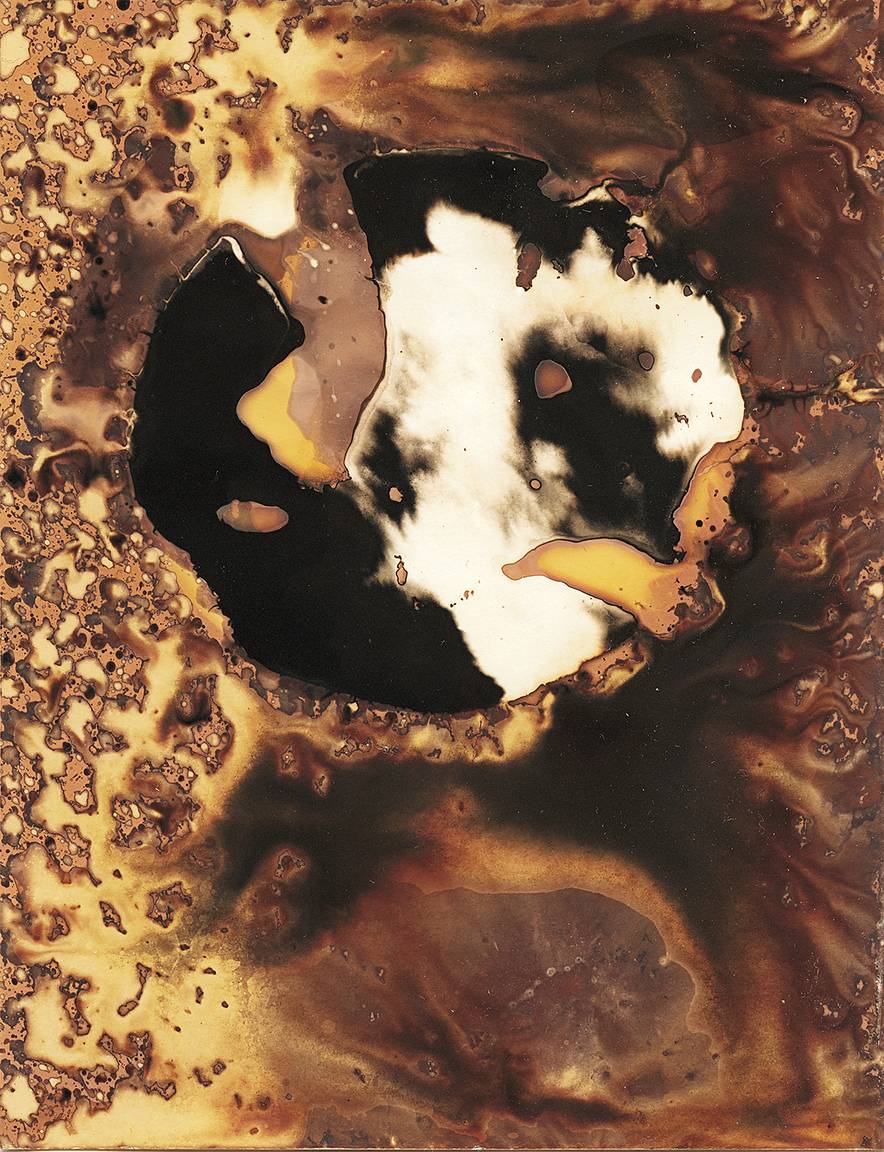



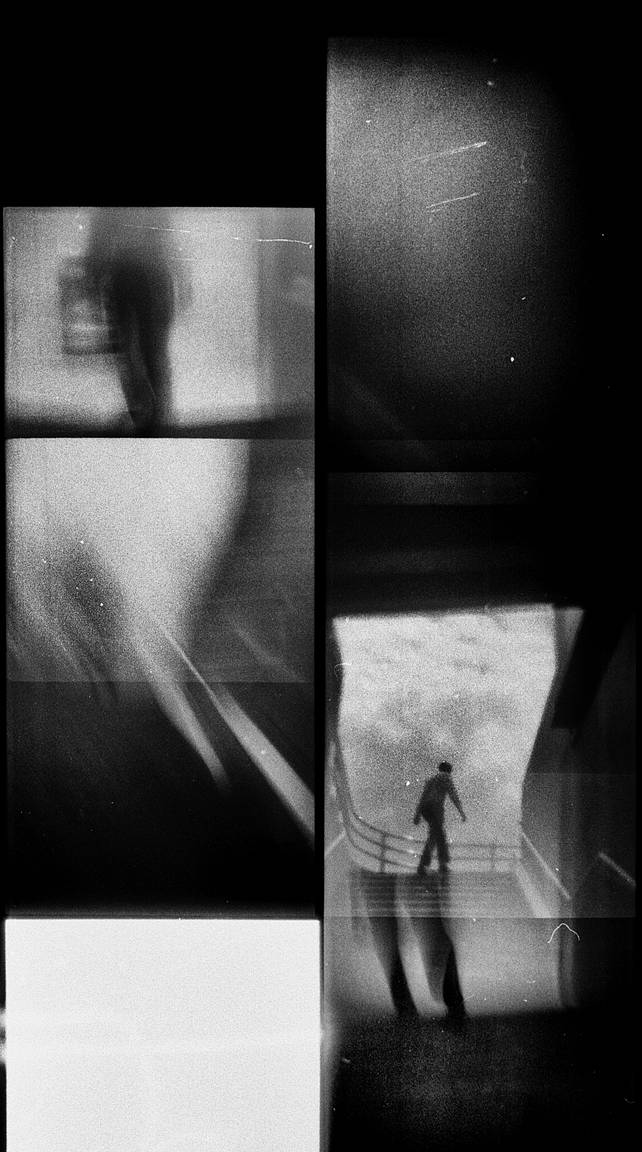

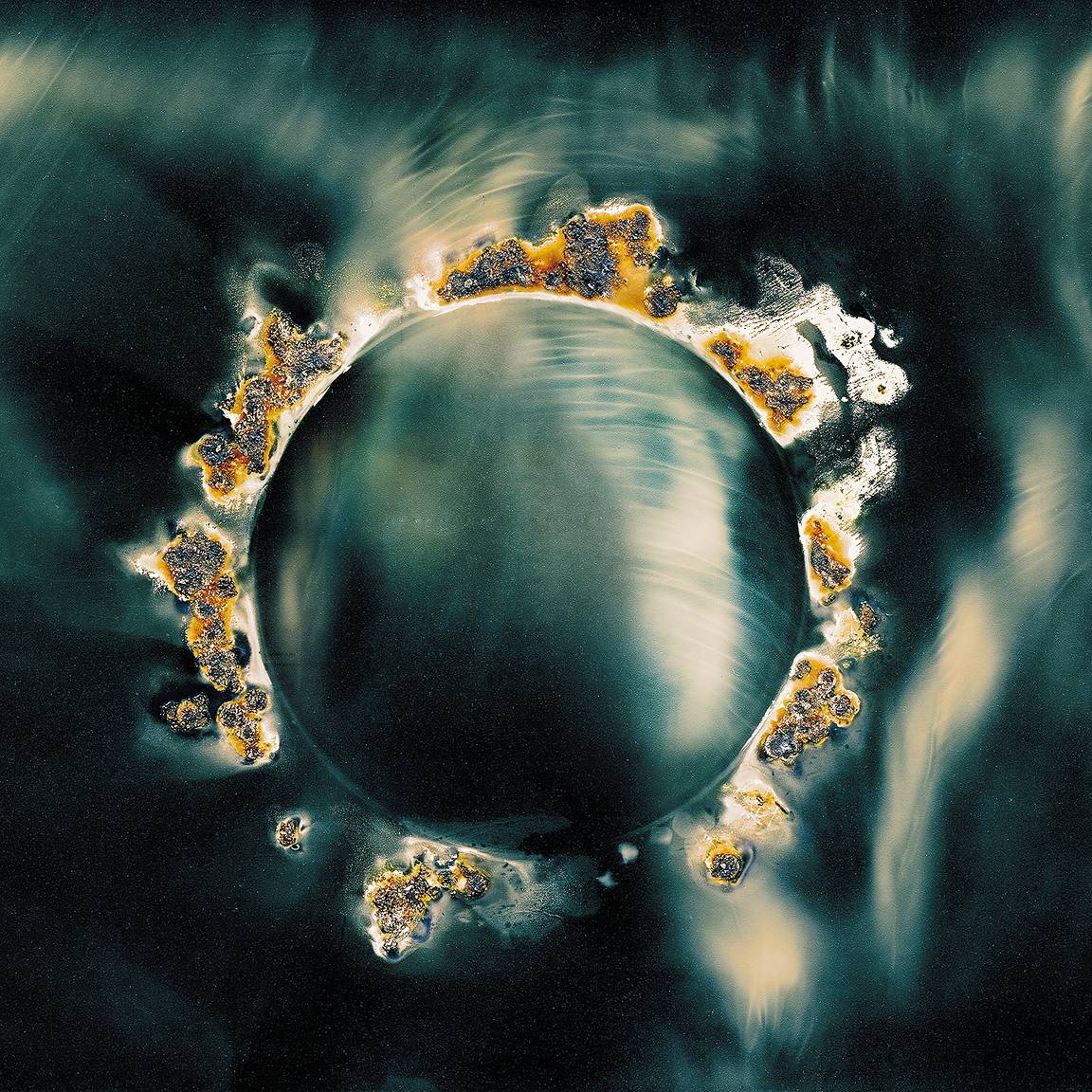





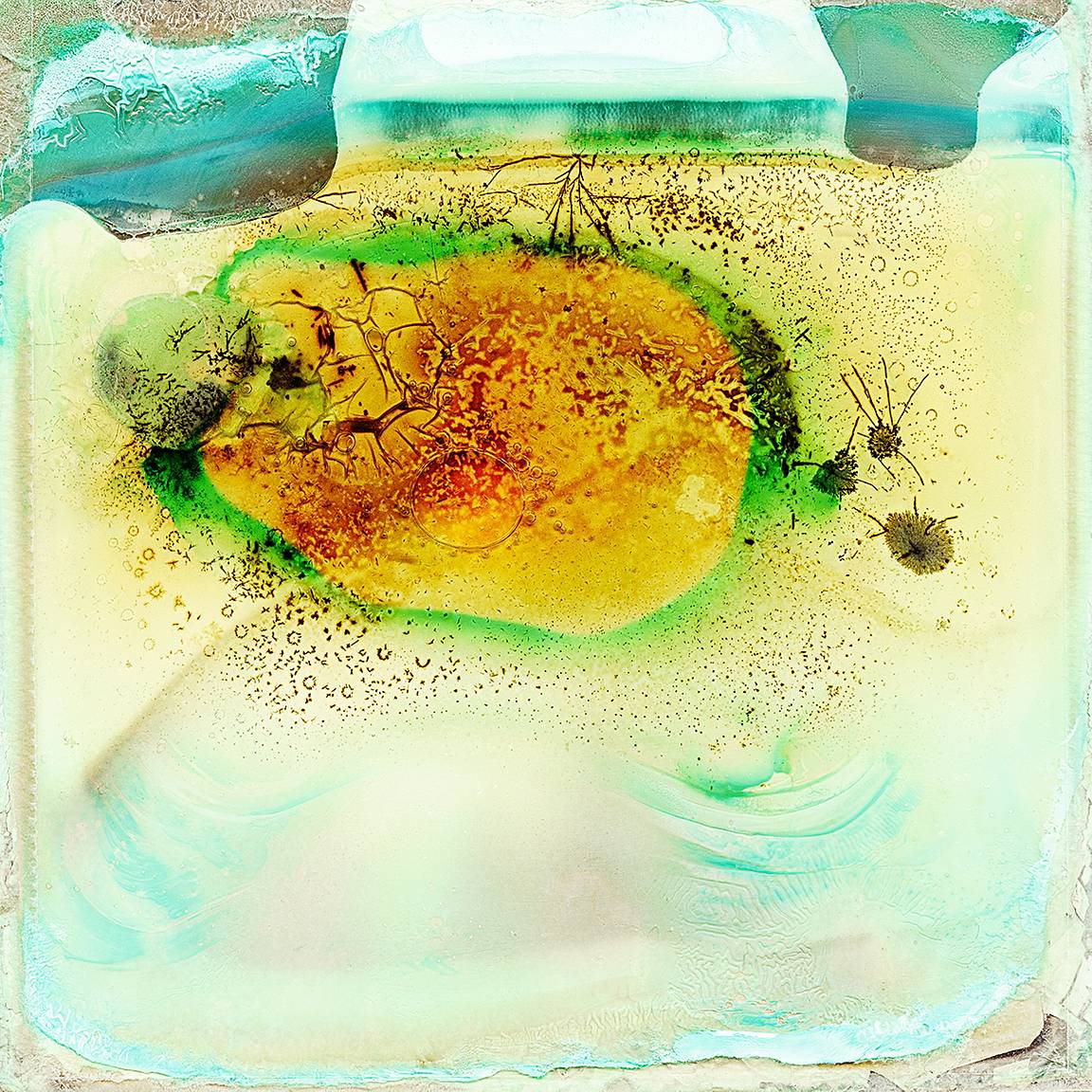









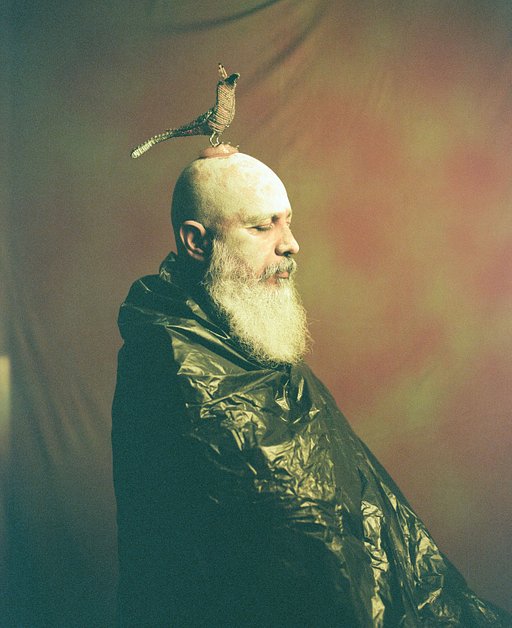
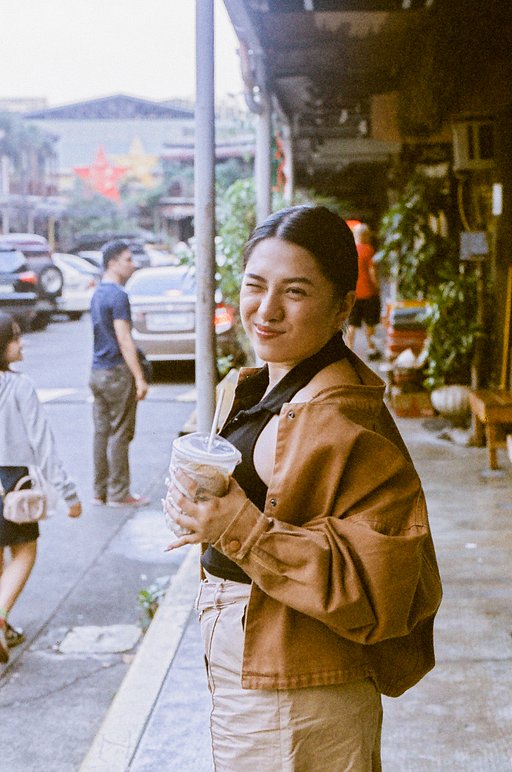





2 Comments